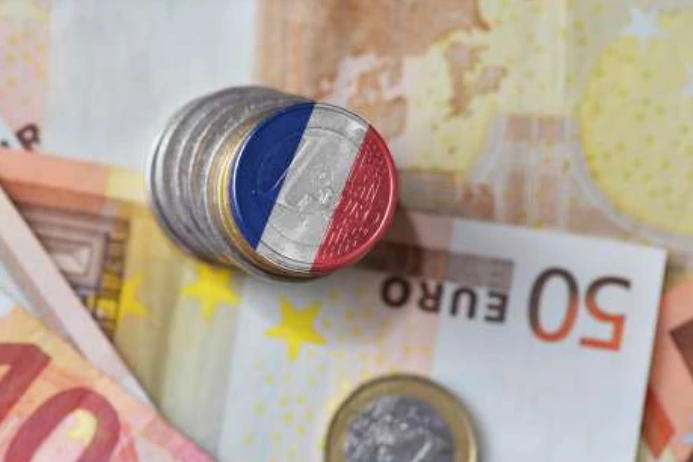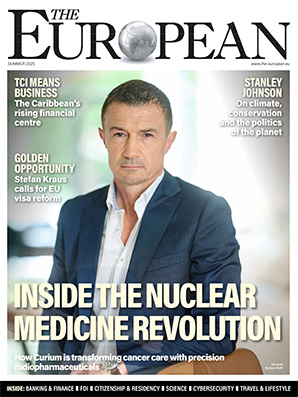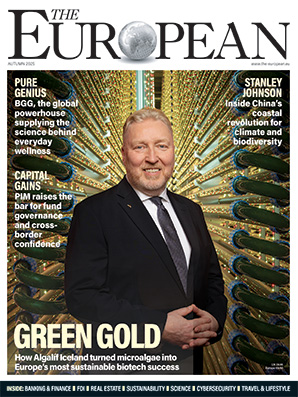Euro hits four-month low and dollar gains

John E. Kaye
- Published
- Foreign Direct Investment, Home

On Friday, the euro fell on its lowest since October after German industrial output recorded its biggest decline in a decade in December and a recent batch of strong employment data in the United States encouraged investors to buy the dollar.
The dollar has benefited and gained in recent sessions thanks to solid data and investors looking away from riskier currencies. While assessing the fallout from the outbreak in China, where the death toll continues to climb.
The focus for Friday is U.S. non-farm payrolls data due at 1330 GMT which is expected to confirm that the labour market in the world’s biggest economy is in robust health.
The centre of attraction for Friday is U.S. non-farm payrolls data due at 1330 GMT. It is expected to confirm that the labour market in the world’s biggest economy is in robust health.
MUFG analyst Derek Halpenny said the Germany data undermined European Central Bank President Christine Lagarde’s comments on Thursday that the euro zone economy was stabilising.
The euro fell as low as $1.0948, down 0.3% on the day, and has now lost 1.2% since Monday, putting it on track for its worst week since November.
“The hard data sits inconsistently with most sentiment data pointing to some improvement. But the political line that ‘recovery is coming’ is losing credibility fast,” Halpenny said.
“The October 2019 low of $1.0879 is now a credible near-term target given the scale of weakness in the German data, especially if the much-anticipated improvement in the coronavirus outlook fails to materialise.”
Falls in the offshore Chinese yuan and gains for the Japanese yen underlined the more cautious mood setting on Friday after a week in which stock markets and other riskier assets rebounded sharply despite concerns about the virus and growth.
The offshore yuan slipped 0.3% to 6.997 yuan per dollar, though it was still set for a small gain this week thanks to stimulus from China’s central bank and Beijing’s announcement of tariff cuts on U.S. imports.
The Australian dollar, often seen as a proxy for China, weakened 0.7% to $0.6672, its lowest since October, after the Reserve Bank of Australia slashed growth forecasts in its quarterly economic outlook.
The U.S. dollar, which is on course for its biggest weekly gain against the yen since July 2018, dropped against the Japanese currency on Friday, trading 0.2% lower at 109.81 yen.
The dollar index, which measures the currency against a basket of rivals, edged 0.1% higher to 98.597, its strongest since mid-October.
Analysts said the U.S. non-farm payroll data had the potential to boost the greenback further.
“Assuming the figures hit the forecasts, the data are likely to be modestly bullish U.S. dollar, in my view,” said Marshall Gittler, an analyst at BDSwiss Group.
British sterling was headed for its worst week since the aftermath of December’s general election, dogged by persistent worries about negotiations between Britain and the European Union for a post-Brexit trade deal.
The pound was last at $1.2932. It staged a small recovery against the euro, rising 0.3% to 84.70 pence. Euro hits four-month low and dollar gains
Sign up to The European Newsletter
RECENT ARTICLES
-
 Malta introduces Nomad Heritage Card for remote professionals
Malta introduces Nomad Heritage Card for remote professionals -
 How free global cities could reshape the future of migration
How free global cities could reshape the future of migration -
 Dominican Republic positions itself as Caribbean hub for sustainable trade and investment
Dominican Republic positions itself as Caribbean hub for sustainable trade and investment -
 Biviana Riveiro Disla speaks to The European about the Dominican Republic’s role as a hub for trade and investment
Biviana Riveiro Disla speaks to The European about the Dominican Republic’s role as a hub for trade and investment -
 Liechtenstein tops global index for foundations
Liechtenstein tops global index for foundations -
 Keeping the door open: wealthy UK citizens investing their way back into the EU
Keeping the door open: wealthy UK citizens investing their way back into the EU -
 Ethiopia emerges as a sustainable investment leader on the African stage
Ethiopia emerges as a sustainable investment leader on the African stage -
 France’s FDI renaissance marks a Nouvelle Ère for Europe
France’s FDI renaissance marks a Nouvelle Ère for Europe -
 The Turks and Caicos Islands: A new era for financial services and innovation
The Turks and Caicos Islands: A new era for financial services and innovation -
 Jersey in focus – an interview with Chief Minister Deputy Lyndon Farnham
Jersey in focus – an interview with Chief Minister Deputy Lyndon Farnham -
 Malta – a popular base for digital nomads
Malta – a popular base for digital nomads -
 Move to Guernsey: The Channel’s island gem
Move to Guernsey: The Channel’s island gem -
 Malta’s residency-by-investment programme: a clear path to permanent residency
Malta’s residency-by-investment programme: a clear path to permanent residency -
 The banking shift that Europe’s businesses can’t afford to ignore
The banking shift that Europe’s businesses can’t afford to ignore -
 High-net-worth Europeans turn to investment migration amid security fears
High-net-worth Europeans turn to investment migration amid security fears -
 Beyond the beaches: a spotlight on the Turks and Caicos Islands
Beyond the beaches: a spotlight on the Turks and Caicos Islands -
 Video Interview with Dr. Christian H. Kaelin of Henley & Partners
Video Interview with Dr. Christian H. Kaelin of Henley & Partners -
 Ireland’s resilience and future in Foreign Direct Investment
Ireland’s resilience and future in Foreign Direct Investment -
 Video Interview with Peta Conn of Invest Northern Ireland
Video Interview with Peta Conn of Invest Northern Ireland -
 The Isle of Man: Space to thrive
The Isle of Man: Space to thrive -
 Video Interview with Michael Lohan of IDA Ireland
Video Interview with Michael Lohan of IDA Ireland -
 Inside Look: Greater Manchester's Financial Services Boom
Inside Look: Greater Manchester's Financial Services Boom -
 Extraordinary opportunities for FDI in Ireland
Extraordinary opportunities for FDI in Ireland -
 Mozambique: A market of opportunities
Mozambique: A market of opportunities -
 Northern Ireland – Built for Business
Northern Ireland – Built for Business



























